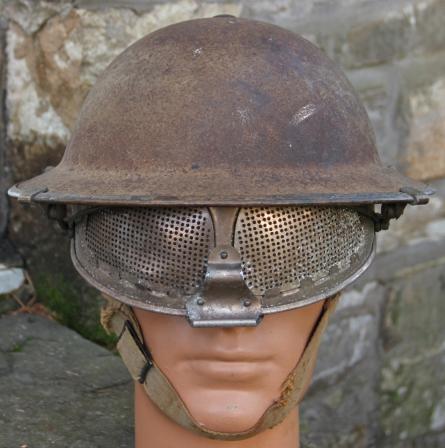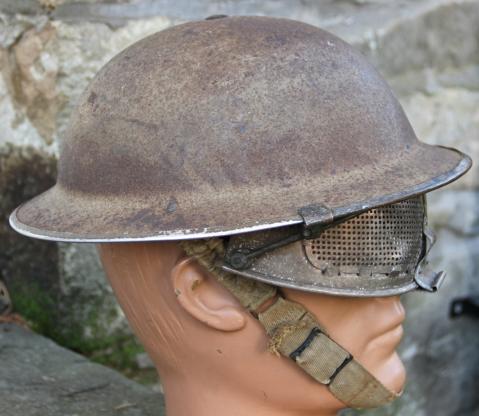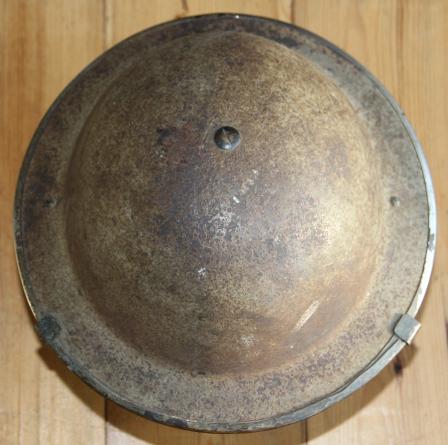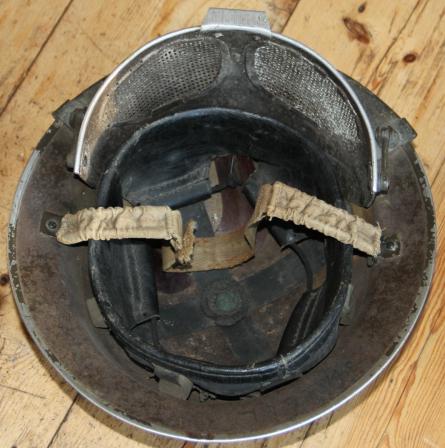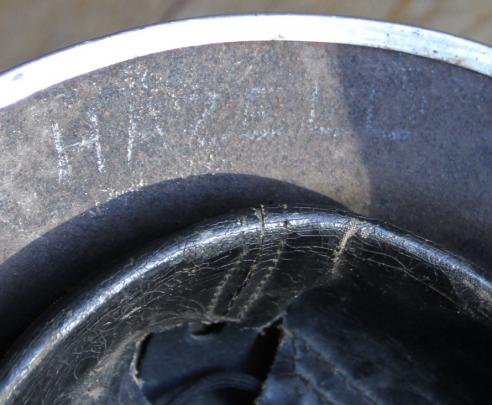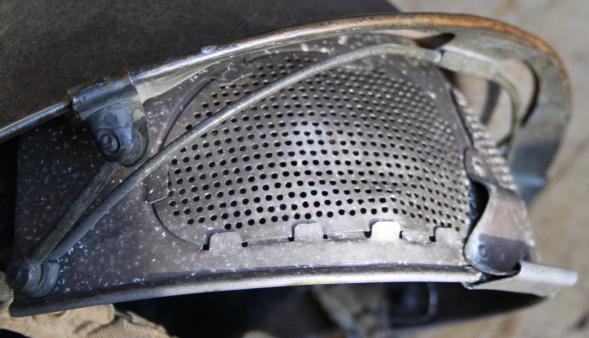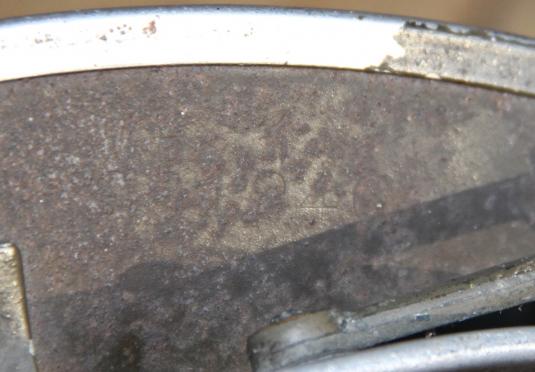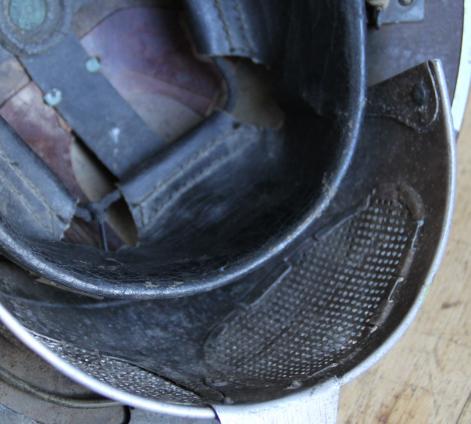WW2 BRITISH CRUISE VISOR HELMET - RARE
The rarest of all WW2 British helmets produced for use primarily for bomb disposal teams and armoured car crews.
There were 5,000 helmets produced in this configuration with the pull down armoured visor.
Good overall " As Found " condition, untouched and totally original.
My first one since 1985 and it's unlikely I'll find another.
Named to inner apron and correct 1940 date. I believe there was only one production run of these helmets so all should be dtd. 1940.
Steel Helmet Visors
Seventy-five per cent of all blindness suffered by soldiers during the Great War was due not to eye disease but to injuries caused by shell, bomb and grenade explosions. The great majority of these injuries were the result of fragments of metal which penetrated no deeper than the eye itself and which, had they struck elsewhere on the body, would have caused only trivial harm.
The question of some form of eye protection designed to reduce the incidence of eye injury and blindness was therefore raised immediately on the outbreak of the Second World War by Sir Richard Cruise, an eminent opthalmic surgeon. Captain Cruise, as he then was, had in 1917 designed a form of chain visor which could be attached to the rim of the British Mark 1 steel helmet. Although it was intended to help reduce or prevent injuries to the eyes, in practice it proved to be unpopular with the troops. A modified and improved version was developed in 1918 but this, too, failed to find acceptance and eventually it was withdrawn.
In 1939 samples of a further modified 'Cruise' visor were sent over to the British Expeditionary Force in France. This version was so designed that when not in use it could lie under the rim of the steel helmet. However, the reports of its use in the BEF were so inconclusive that 5,000 visors were manufactured to allow for a large scale trial to take place; unfortunately, military events overtook their production, and before they could be despatched Dunkirk had fallen to the Germans and the survivors from the BEF were back in Britain.
Trials were carried out instead by troops of the Home Forces in the autumn of 1940, but reports submitted by the troops trying out the Cruise visor and the advice of the Medical Research Council were against the adoption of any form of metal visor. It was found that rain made it difficult for the wearer to see through the visor, and the drops of water could not be shaken off easily. Stereo-scopic vision was impaired, the wearer's field of vision was reduced, and his ability to see in the dark whilst wearing the visor was markedly affected. In the light of these adverse reports the Army Council decided against any form of protective visor being adopted, and although work on Perspex visors was being undertaken no satisfactory type was developed , and in 1941 on the advise of the Medical Research Council, the whole matter was dropped.
Code: 54117
4995.00 GBP

